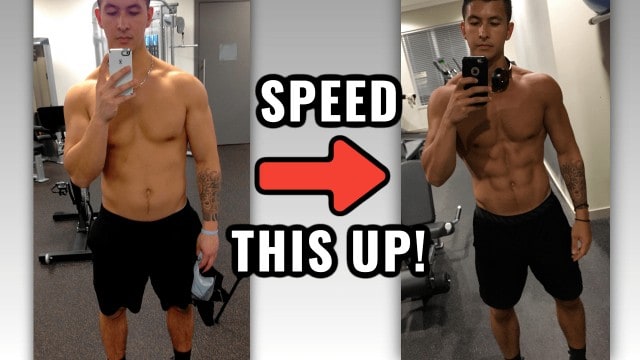If you’re looking for an effective way to shed some pounds and boost your overall health, walking might just be the perfect solution you’ve been searching for. But with so many different types of walks out there, it can be challenging to figure out which one will give you the best results. Well, fear not! In this article, we will explore the various walks that can help you burn fat and achieve your weight loss goals. So lace up your sneakers, because we’re about to embark on a journey to discover the best walk to burn fat!
Walking for Fat Burning
Walking is a simple and effective exercise that can help you burn fat and achieve your weight loss goals. Not only is it a low-impact activity, but it can also be easily incorporated into your daily routine. Whether you’re a beginner or an experienced fitness enthusiast, walking can be tailored to suit your fitness level. In this article, we will explore the benefits of walking for fat burning, factors that can affect fat burning during walks, the ideal duration and frequency of fat burning walks, and other factors to consider to maximize your fat burning potential.
Benefits of Walking for Fat Burning
Walking is a fantastic exercise for burning fat due to its ability to elevate your heart rate and increase your metabolism. By walking regularly, you can create a calorie deficit, which is essential for weight loss. Moreover, walking can be an enjoyable and accessible form of exercise that can be done almost anywhere. It doesn’t require any equipment or expensive gym memberships, making it a great option for individuals of all fitness levels.
Factors Affecting Fat Burning During Walks
Several factors can influence the effectiveness of your fat burning walks. First and foremost, your walking intensity plays a crucial role. Walking at a higher intensity, such as brisk walking or incorporating high-intensity interval training (HIIT) walking, can result in greater calorie burn and fat loss. Additionally, factors like terrain and inclines, walking speed, engaging specific muscles, and even the time of day can impact the amount of fat you burn during your walks.
Ideal Duration for Fat Burning Walks
While any amount of walking is beneficial, aiming for at least 30 minutes of moderate-intensity walking can yield significant fat burning results. However, if you’re new to exercise or have time constraints, starting with shorter durations and gradually increasing the duration as your fitness improves is a great approach. Remember, consistency is key, so try to incorporate walking into your daily routine to maximize fat burning.
Recommended Frequency of Fat Burning Walks
To optimize fat burning, it is recommended to aim for a minimum of five days of walking per week. However, if you can commit to walking more frequently, you will likely see even better results. It is important to strike a balance between regularity and rest days to allow your body to recover and prevent overtraining. Listen to your body and adjust the frequency accordingly to ensure you are getting the most out of your fat burning walks.
Walking Intensity Levels
Low-Intensity Walking
Low-intensity walking refers to a leisurely stroll where you maintain a comfortable pace that allows you to hold a conversation without much effort. While low-intensity walking may not burn as many calories as moderate or high-intensity walking, it is a great option for beginners or individuals with certain health conditions. It still provides numerous health benefits, such as improved cardiovascular endurance and increased daily physical activity.
Moderate-Intensity Walking
Moderate-intensity walking is a step up from low-intensity walking and involves walking at a slightly faster pace. During moderate-intensity walks, you should feel your heart rate increase, but you should still be able to carry on a conversation without gasping for breath. This level of walking intensity is ideal for fat burning and can be sustained for longer durations.
High-Intensity Interval Training (HIIT) Walking
For individuals looking to maximize fat burning and improve their cardiovascular fitness, incorporating high-intensity interval training (HIIT) into their walking routine can be incredibly effective. HIIT walking involves alternating between periods of high-intensity effort and low-intensity recovery. For example, you can alternate between walking at a brisk pace for 30 seconds and walking at a slower, more comfortable pace for 60 seconds. This interval training method can help increase your calorie burn, improve your overall fitness, and boost your metabolism even after you’re done walking.
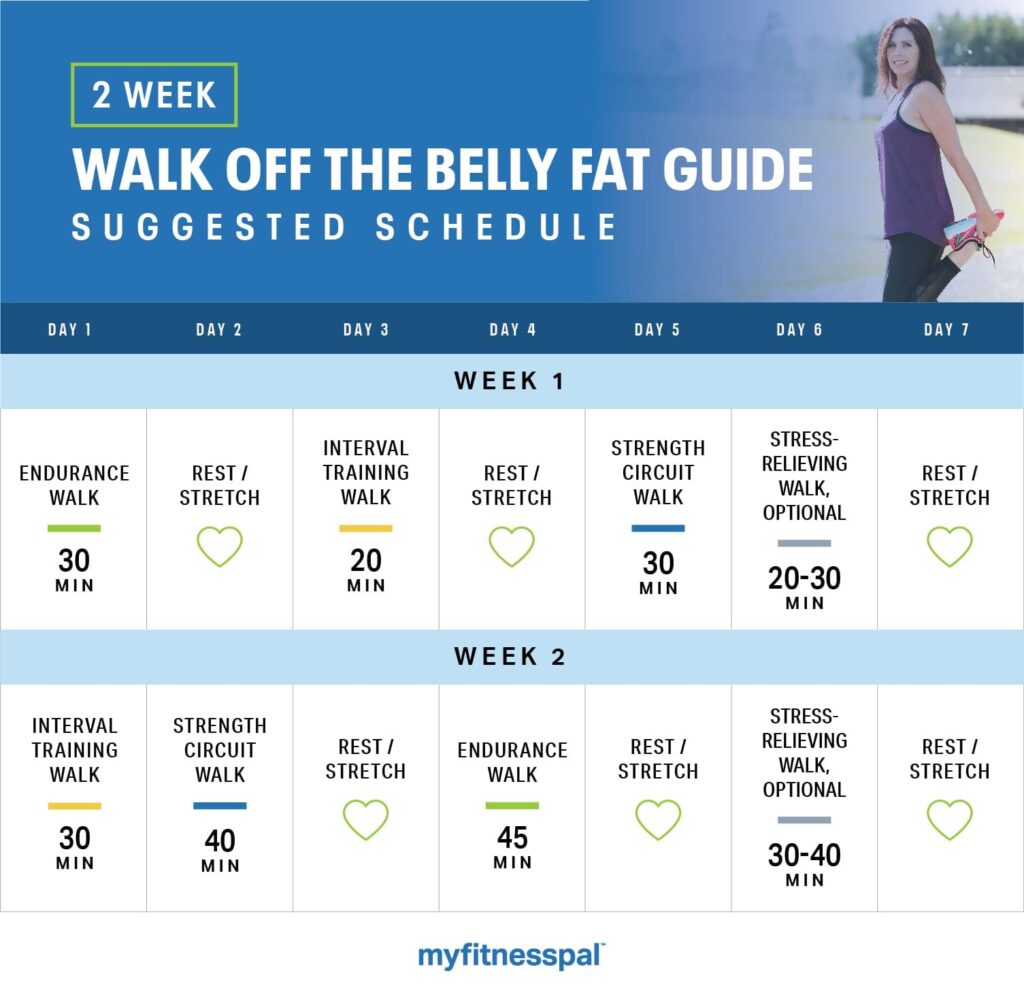
Terrain and Inclines
Flat Terrain Walking
Walking on flat terrain is a common and straightforward option for most walkers. It allows you to maintain a consistent walking pace and is suitable for individuals of all fitness levels. However, don’t underestimate the effectiveness of walking on a flat surface. As long as you maintain an appropriate walking intensity, you can still burn fat and achieve your weight loss goals.
Inclined or Uphill Walking
Adding inclines to your walking route can significantly increase the intensity of your workouts and stimulate greater fat burning. Walking uphill engages your muscles more intensely, especially your glutes, hamstrings, and calves. Additionally, walking uphill forces your cardiovascular system to work harder, increasing your heart rate and calorie burn. Incorporating uphill or inclined walking into your fat burning routine can provide you with a challenging and effective workout.
Stair Climbing for Intense Fat Burning
If you’re looking to take your fat burning walks to the next level, consider incorporating stair climbing into your routine. Climbing stairs provides an intense workout for your lower body, activating your glutes, quads, and calves. Not only does stair climbing burn a significant number of calories, but it also helps to tone and strengthen your leg muscles. Incorporating stair climbing intervals into your walks can be an excellent way to target and burn stubborn fat.
Walking Speed
Brisk Walking for Fat Burning
Brisk walking involves walking at a faster pace than your usual walking speed, but it is still a sustainable intensity level. It should make you break a sweat and slightly increase your heart rate, making it an effective fat burning technique. Brisk walking allows you to cover more distance in a shorter amount of time, resulting in a greater calorie burn and fat loss. Aim to walk at a pace where you feel challenged, but still able to maintain good form and control your breathing.
Pace and Speed Variation
To further enhance fat burning during your walks, consider incorporating pace and speed variations into your routine. Alternating between short bursts of faster walking and periods of slower, recovery walking can help increase your overall calorie expenditure. This interval training technique can also help prevent boredom and make your walks more enjoyable. Experiment with different intervals and find a pattern that works best for you and your fitness level.
Interval Training with Speed Changes
Interval training can be taken to the next level by incorporating speed changes into your walking routine. For example, you can start with a slow warm-up walk, then gradually increase your speed every few minutes until you reach a fast pace. After maintaining this fast pace for a set period, slow down to a recovery pace before repeating the cycle. By combining speed changes with intervals, you can challenge your metabolism, boost your fat burning potential, and make your walks more exciting.
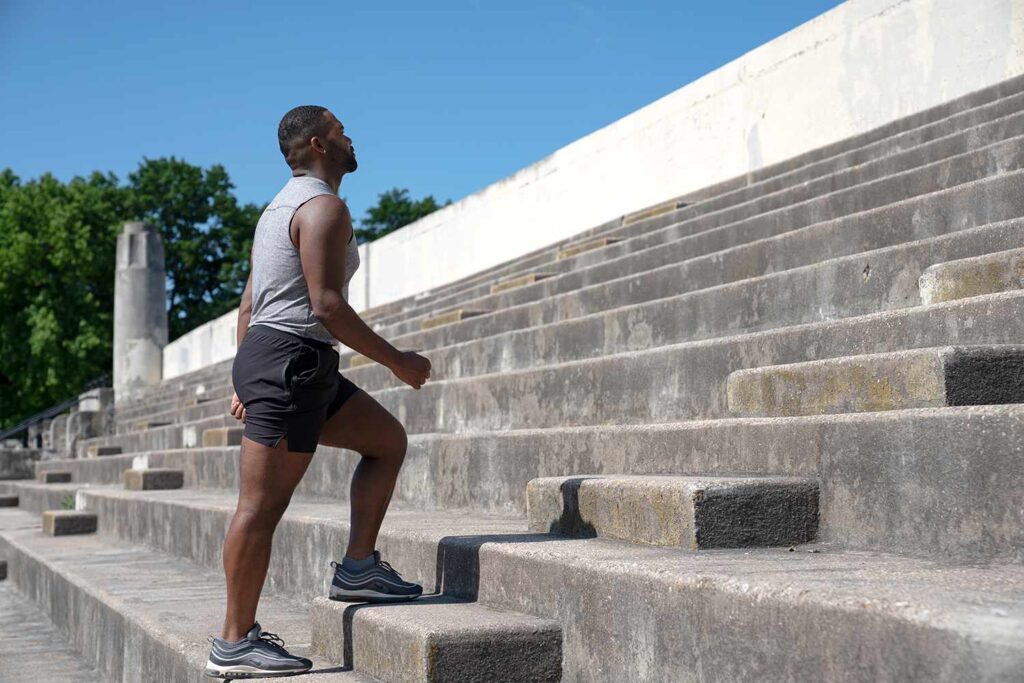
Engaging Muscles for Fat Burning
Incorporating Arm Movements
To increase the calorie burn and engage more muscles during your walks, consider incorporating arm movements. Pumping your arms back and forth in sync with your strides can help increase your heart rate, activate your core muscles, and burn additional calories. Engaging your arms also helps to maintain proper posture and balance while walking. Experiment with different arm movements, such as swinging them from the shoulder or bending them at the elbow, and find what feels comfortable and effective for you.
Core Muscle Activation
Walking naturally engages your core muscles to some extent, but you can further activate these muscles by maintaining proper form and engaging them intentionally. To engage your core while walking, focus on keeping your abdominals tight, maintaining a straight posture, and avoiding excessive leaning or slouching. This activation not only helps to strengthen your core muscles but can also contribute to a more efficient and effective fat-burning walk.
Glute and Leg Activation
Walking predominantly utilizes your leg muscles, especially your quadriceps, hamstrings, and calves. However, you can specifically target and engage your glutes and leg muscles by being mindful of your walking technique. Focus on pushing off from your heels and engaging your glute muscles with each step. Additionally, incorporating lunges or high-knee exercises during your walks can help activate and strengthen these muscles even further.
Walking Techniques for Fat Burning
Power Walking
Power walking is a technique that involves exaggerating your arm swing and taking longer strides while maintaining a brisk pace. This technique helps to increase your heart rate and engages more muscles, resulting in greater calorie burn and fat loss. Power walking is an excellent alternative to running for individuals who may have joint issues or prefer a lower-impact exercise. When power walking, remember to maintain proper posture and engage your core for optimal results.
Interval Walking
If you’re looking to challenge yourself and increase the intensity of your fat burning walks, interval walking can be an effective technique. Interval walking involves alternating between periods of faster-paced walking and slower recovery walking. This technique helps to elevate your heart rate, increase your overall calorie burn, and keep your workouts more interesting. Experiment with different interval lengths and intensities to find a pattern that works best for you.
Walking with Weights
Walking with weights, such as dumbbells or weighted vests, can add resistance to your walks and enhance muscular engagement. The additional weight increases the intensity of your workout, making it more challenging and boosting your calorie burn. However, it is important to start with lighter weights and gradually increase as you become more comfortable and stronger. Ensure proper form and avoid excessively heavy weights to prevent injury.
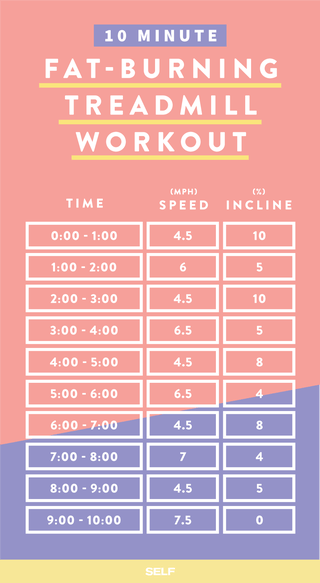
Time of Day for Optimal Fat Burning
Morning Walks and Fasted State
Morning walks, particularly on an empty stomach, have gained popularity for their potential fat burning benefits. When you walk in the morning on an empty stomach, your body is in a fasted state, meaning you haven’t eaten for several hours. In this state, your body is more likely to rely on stored fat as a source of energy, potentially enhancing fat burning during your walk. However, it is important to listen to your body and prioritize overall energy levels and well-being when deciding on the time of day for your walks.
Afternoon and Evening Walks
While morning walks have their advantages, afternoon and evening walks shouldn’t be discounted. Walking later in the day can provide a mental and physical boost, especially if you have been sitting or working for extended periods. Additionally, walking in the afternoon or evening can serve as a stress-relieving activity and help prepare your body for a restful night’s sleep. Choose a time for your walks that aligns with your schedule, preferences, and energy levels.
Walking Alone vs. Walking with a Group
Walking Alone for Concentrated Fat Burning
Walking alone allows you to focus solely on your own goals and pace, making it an excellent option for individuals who prefer solitude or have specific targets in mind. Walking alone can provide you with uninterrupted time to reflect, relax, or listen to your favorite music or podcasts. It also allows you to concentrate on your technique and maintain consistent intensity, maximizing your fat burning potential.
Walking with a Group for Motivation
On the other hand, walking with a group can provide motivation, support, and accountability. Group walks can be a fun and social way to get active, making exercise feel less like a chore. Joining a walking group or inviting friends and family to walk with you can help you stay consistent and committed to your fat burning regimen. Additionally, having others by your side can push you to reach new personal bests and make your walks more enjoyable.
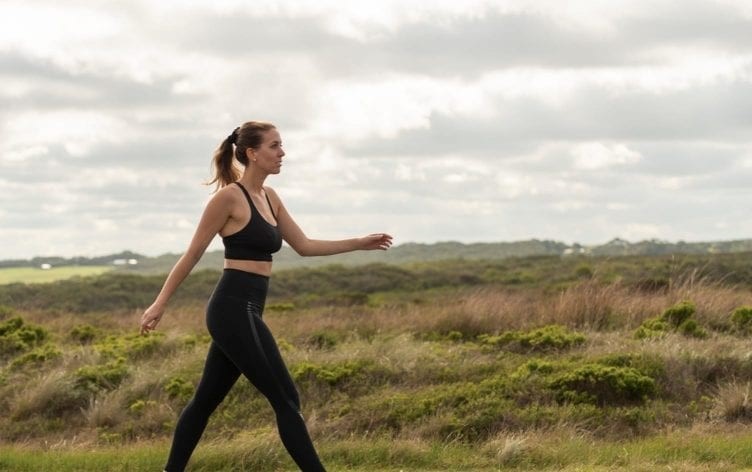
Other Factors to Consider
Weather Conditions
When embarking on your fat burning walks, it’s important to consider the weather conditions. Extreme heat or cold temperatures can pose risks to your health and may affect your comfort level and performance. Dress appropriately for the weather, stay hydrated, and adjust your intensity or duration to accommodate different weather conditions. If necessary, consider walking indoors on a treadmill or finding alternative indoor walking locations during unfavorable weather.
Proper Hydration
Staying properly hydrated is essential for maximizing your fat burning efforts while walking. Drink water before, during, and after your walks to ensure you maintain optimal hydration levels. Remember that your hydration needs may vary depending on factors such as weather conditions, intensity, and duration of your walks. Listen to your body and drink enough water to quench your thirst and replenish lost fluids.
Appropriate Clothing and Footwear
Wearing comfortable clothing and appropriate footwear can enhance your walking experience and reduce the risk of discomfort or injury. Choose breathable and moisture-wicking fabrics that allow for freedom of movement. Invest in a pair of walking shoes that provide adequate support, cushioning, and stability. Ill-fitting shoes can lead to blisters, foot pain, and discomfort, potentially hindering your progress and enjoyment while walking.
Safety Precautions
Safety should always be a priority when walking, especially if you’re walking alone or during darker hours. Choose well-lit and populated walking routes, tell someone your planned route and estimated return time, and carry a cell phone for emergencies. Reflective clothing or accessories can improve visibility, especially if walking at night. Additionally, warm-up before your walks and cool down afterward to prevent injuries and promote recovery.
Combining Walking with a Healthy Lifestyle
Balanced Diet for Fat Burning
To truly optimize fat burning and achieve sustainable weight loss, it is important to combine your walking routine with a balanced, healthy diet. Focus on consuming nutrient-dense foods that provide essential vitamins, minerals, and fiber. Maintain a caloric deficit by monitoring portion sizes and choosing whole, unprocessed foods. Fuel your body with lean proteins, healthy fats, complex carbohydrates, and an abundance of fruits and vegetables to support your fat burning goals.
Strength Training for Enhanced Metabolism
While walking is an excellent form of cardiovascular exercise for fat burning, incorporating strength training into your routine can further enhance your metabolism and fat loss. Strength training helps to build lean muscle mass, which boosts your resting metabolic rate and increases the number of calories you burn at rest. Aim for two to three days of strength training per week, targeting all major muscle groups for a well-rounded and effective workout routine.
Adequate Rest and Recovery
Rest and recovery are essential components of any successful fat burning and weight loss program. Your body needs time to repair and rebuild muscle tissue, replenish glycogen stores, and recover from the stress of exercise. Aim for at least seven to nine hours of quality sleep each night to support overall health and optimize recovery. Additionally, listen to your body and take rest days as needed to prevent overtraining and minimize the risk of injury.
Walking for fat burning provides numerous benefits for your overall health and fitness. By understanding the factors that affect fat burning during walks and implementing various techniques and strategies, you can maximize your efforts and achieve your weight loss goals. Remember to start at a comfortable intensity level and gradually increase the duration, frequency, and intensity as your fitness improves. Embrace the versatility and simplicity of walking, and enjoy the journey towards a healthier, more active lifestyle.
